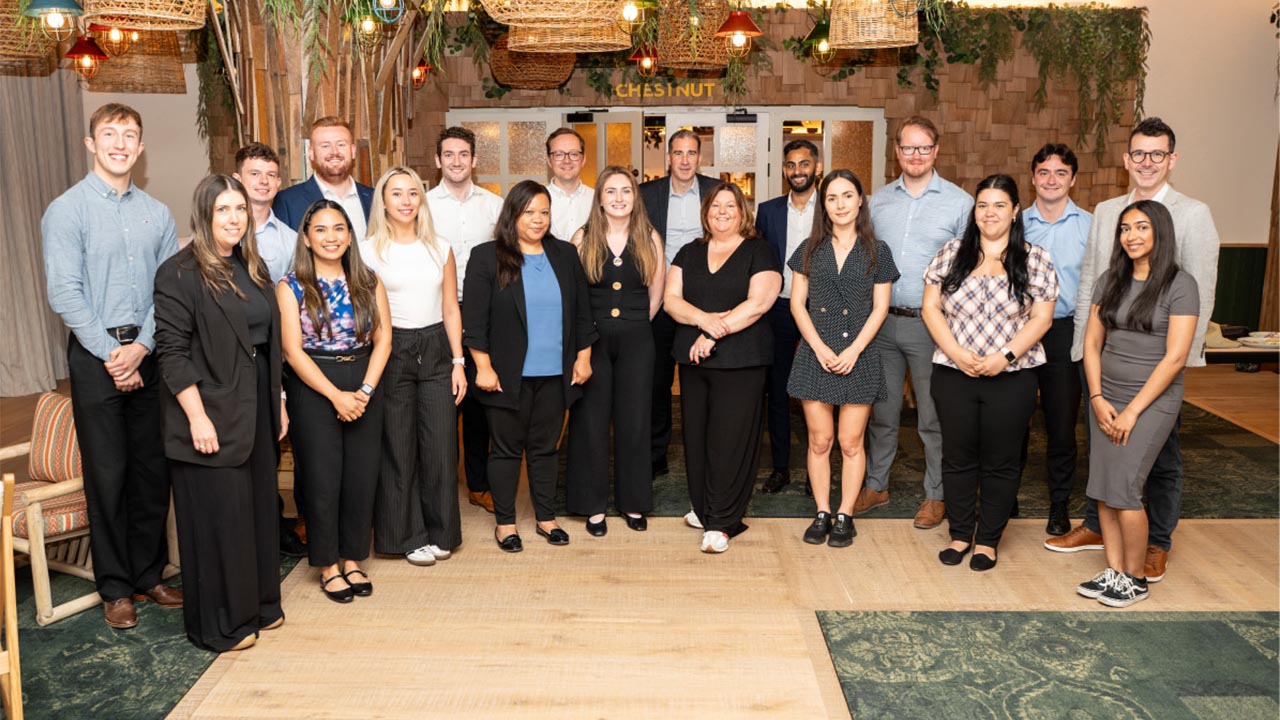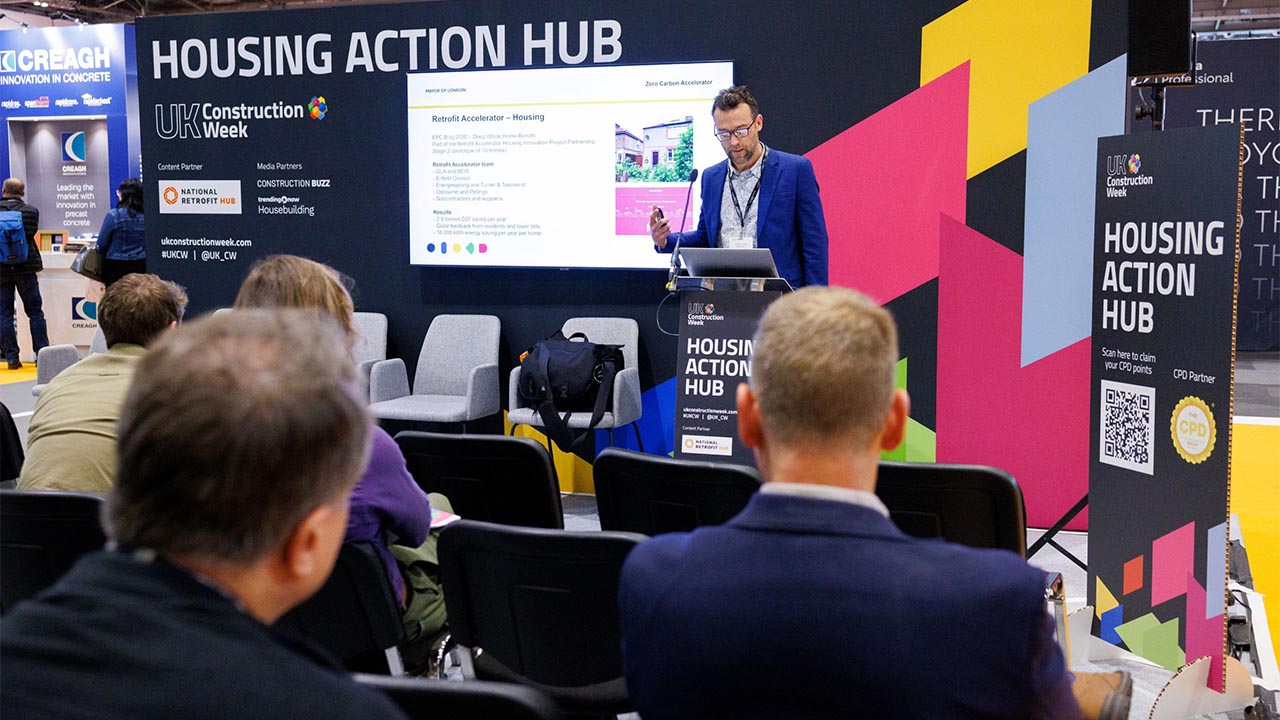Workplace Consultants Blueprint Interiors has been producing its A-Z of Workplace Wellbeing to provide businesses with the information needed to ensure health and wellbeing in the workplace.
In their latest article, “E is for Environment”, and with a lot of people now working from home, Charlotte Barnett has highlighted some top tips for creating successful remote working environments.
Research has shown that surroundings do influence the way people feel and behave. That’s why here at Blueprint, Interiors creating energising spaces to promote wellbeing and enable people to work to the best of their ability is at the heart of what we do.
In light of the current situation with COVID-19, the Government has advised that people work from home where possible. And although working from home is more common than ever before, it’s still new for a lot of people.
Sure, it has benefits, but remote working also brings the challenge of staying motivated in an environment you’d normally associate with relaxing. That, and the very real possibility of distractions from other family members sharing the space.
That’s why in this blog we’re sharing some insights into how you can set up your home environment for more healthy and productive working.
TAKE THE LEAD FROM AGILE WORKSPACES
As we’ve already established, if you’re working from home your space probably isn’t designed for you to work – it is your home after all! But taking the lead from agile workspaces is a great way to adapt your environment and make the experience as pleasant and productive as possible whilst looking after your physical and mental health.
AID REMOTE COLLABORATION AND COMMUNICATION
Amongst many things, agile workspaces are designed to inspire collaboration and communication, which might seem tricky if you’re by yourself at home. But there are a million and one apps out there to aid remote communication. You might even already use some of them day-to-day, like Slack, Microsoft Teams, or any instant messenger.
These apps are great for keeping conversations flowing, plus a lot of them are free. Some of the paid ones are even being offered to certain sectors for free due to the current global situation, so it’s worth checking out if you’re looking for new ones to start using with your team.
Using these platforms means your whole team can stay connected and contribute to decisions as they’re being made – it’s the next best thing to being sat next to each other.
UTILISE VIDEO CALLING
Video calling adds a level of understanding during conversations that group chats or phone calls can’t. As we all know, being able to see facial expressions and body language is important in certain situations, so we’d definitely recommend trying out a video conferencing tool if you’re not already. We enjoy using StarLeaf.
EQUIP YOUR PEOPLE AS BEST YOU CAN
There’s more to agile working than the ability to communicate and collaborate from anywhere. An agile working culture embraces maximum flexibility to empower your people to work when and how they feel is best, and the design of their environment should be helping them do that.
It’s trickier to facilitate this when your team are remote working, but it’s not impossible.
Ask each of your team members about their temporary home setup. Have they got a space where they can sit comfortably? If not, see what you can do to make their home-working situation better. Can you provide them with a proper desk chair? If they’re not in the office for the foreseeable – can you save money by transporting equipment they normally use in your current workspace?
TAKE A LEAF OUT OF THE WELL STANDARD’S BOOK
The WELL Standard from the International WELL Building Institute (IWBI) outlines some key factors to consider when designing any space to help people thrive. Here’s a quick overview:
- Access to clean water
- Adequate nourishment
- Appropriate lighting
- Integration of physical activity
- Comfort
- Health and wellbeing
- Clean air
WELL’s website has more detail about why these things are important to consider in a space.
We’ve found, like so many others, that considering these factors in your own environment can really help to improve wellbeing and productivity.
But if there aren’t many changes you can make to your home environment, don’t worry. Even making small changes like using a desk chair to support your back can make the world of difference. And if you normally take a water bottle to work to stay hydrated, keep it with you at home too.
We’ve only just scratched the surface of designing an agile, healthy and productive workspace here but you can find out more in our agile working and workplace design blogs on the Blueprint website.
HOW YOU USE YOUR SPACE
So we’ve established that the physical aspect of a space is important, but when your team are remote working there’s less control over these factors. Especially since everyone will be setup in different locations.
The good news is, the way you use your environment and the things in it is influential in fostering happiness and productivity.
Here are a few final tips for you and your team to try to keep your core business functions going as much as possible:
- Get outside and stretch your legs. Even working with a window open to get some fresh air in can really aid concentration and generally make you feel more refreshed.
- Use a project management tool (and make sure you’re keeping it up to date!). Every time the status of a task you’re working on changes, update it. It’ll make it much easier for the rest of the team to see what’s going on.
- Find a good cloud-based file sharing system. Even when you’re not working remotely it’s invaluable for your teams to be able to access the files and information they need whenever and wherever they need to. Systems like Google Drive are fantastic because edited files are saved automatically and everyone collaborating can see changes as they’re being made.
- Make time to talk to each other, whether it’s via video call or over the phone. This will ensure everyone’s kept in the loop and gets some time to be sociable!
LEADERSHIP
Good leadership is a key element of creating a happy and productive working environment. When working from home this becomes more challenging, so it’s even more important to prioritise good communication and trust in your team.
Keeping communication going and showing your team that you’re there for them under tough circumstances is essential in ensuring your people are motivated and feeling ok about working in an unusual environment. It’s an adjustment for everyone but altering your leadership style to suit a new way of working, and encouraging everyone to utilise the tips we’ve been discussing, will be a massive help in guiding your team through.









